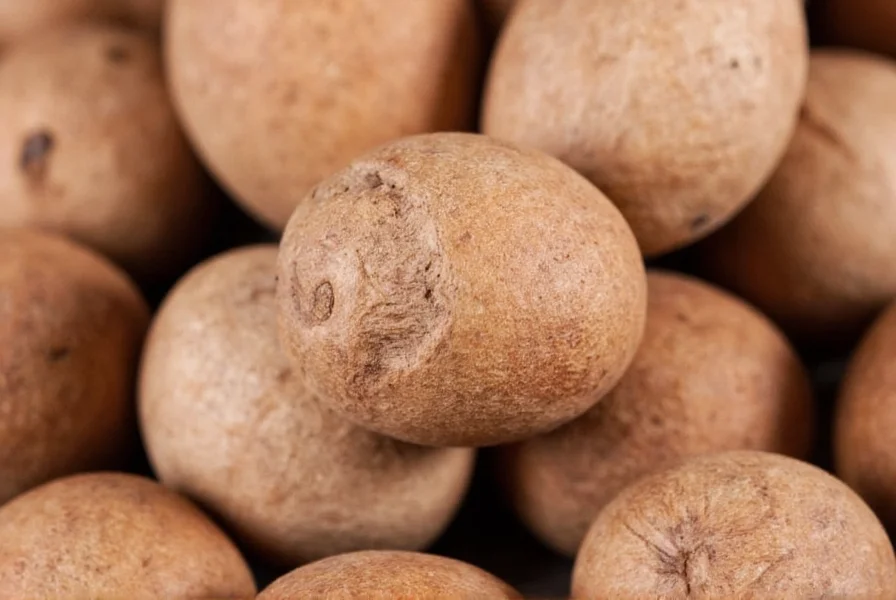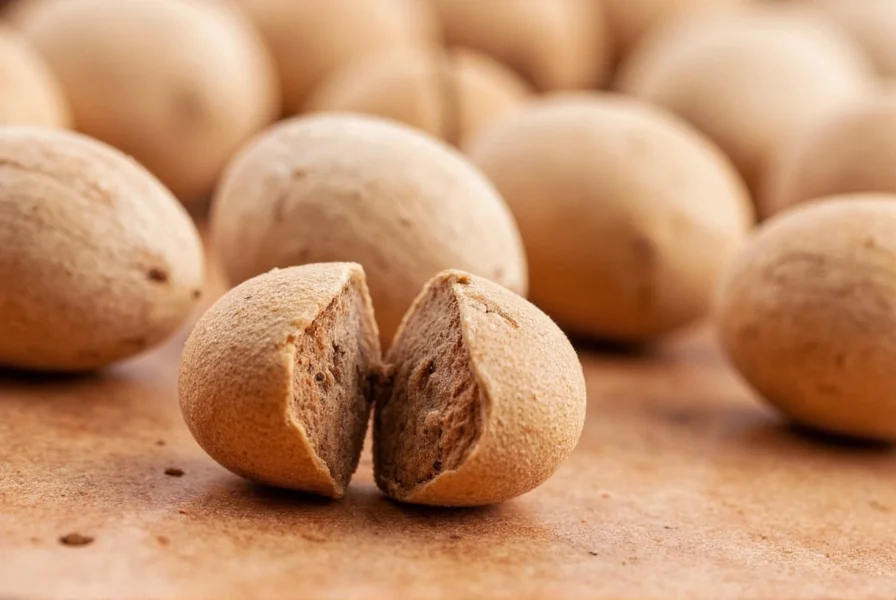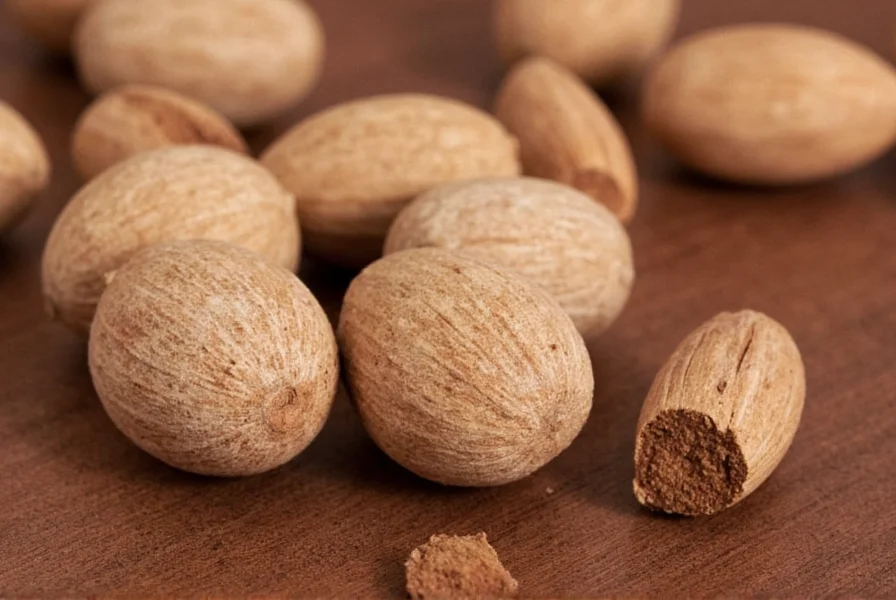Nutmeg definition goes beyond just a simple spice—it's a versatile ingredient with a rich history and complex flavor profile. The scientific name for nutmeg is Myristica fragrans, and it comes from a tree that produces two distinct spices: nutmeg itself (the seed) and mace (the reddish aril surrounding the seed).
Botanical Background and Origin
Nutmeg trees thrive in tropical climates and require specific growing conditions to flourish. Native to the Maluku Islands (formerly known as the Spice Islands) of Indonesia, these trees can grow up to 20 meters tall and take approximately seven to nine years to bear fruit. Each fruit contains a single seed—nutmeg—encased in a lacy, crimson covering that becomes mace when dried.
The historical significance of nutmeg cannot be overstated. During the 16th and 17th centuries, European powers fought fiercely to control the nutmeg trade, with the Dutch even going so far as to destroy nutmeg trees on all but a few islands to maintain their monopoly. This "spice war" demonstrates how highly valued nutmeg was in historical contexts.
Physical Characteristics of Nutmeg
Whole nutmeg appears as a hard, oval seed approximately 2-3 cm long with a deep brown color. When grated, it reveals a warm, reddish-brown interior with a distinctive, sweet aroma. The flavor profile combines warm, slightly sweet notes with subtle hints of clove and pepper.
| Characteristic | Description |
|---|---|
| Scientific Name | Myristica fragrans |
| Family | Myristicaceae |
| Origin | Banda Islands, Indonesia |
| Primary Component | Trimyristin (essential oil) |
| Shelf Life (whole) | 2-3 years |
Nutmeg vs. Mace: Understanding the Difference
One common point of confusion in nutmeg definition involves distinguishing between nutmeg and mace. While both come from the same fruit, they're distinct spices with different flavor profiles:
- Nutmeg: The seed itself, with a warmer, sweeter flavor
- Mace: The lacy membrane surrounding the nutmeg seed, with a more delicate, citrusy flavor
Chefs often choose between these two spices based on the specific flavor profile they want to achieve in a dish. Understanding this difference is crucial for anyone exploring the complete nutmeg definition and uses in culinary applications.
Culinary Applications of Nutmeg
Nutmeg definition in cooking contexts reveals its versatility across various cuisines. This spice enhances both sweet and savory dishes:
- Savory dishes: Essential in béchamel sauce, potato dishes, and vegetable preparations
- Sweet applications: Complements pumpkin pie, custards, and baked goods
- Beverages: Traditional addition to eggnog and mulled wine
- Meat dishes: Used in sausages and meatloaf for depth of flavor
Chef's tip: Always use freshly grated nutmeg rather than pre-ground for maximum flavor impact. The essential oils that give nutmeg its distinctive aroma dissipate quickly once ground.

Proper Storage and Usage Guidelines
To maintain nutmeg's potency, proper storage is essential. Whole nutmeg seeds retain their flavor significantly longer than pre-ground versions. Store whole nutmeg in an airtight container away from light and heat. When stored properly, whole nutmeg can maintain its flavor for up to three years.
When using nutmeg in recipes, remember that a little goes a long way. The recommended amount is typically 1/8 to 1/4 teaspoon per dish. Overuse can result in a bitter, unpleasant flavor. For the most authentic nutmeg definition experience, invest in a microplane grater specifically for nutmeg—it makes a noticeable difference in flavor release.
Health Considerations and Safety
While nutmeg offers potential health benefits when used in culinary amounts, it's important to understand the safety considerations. Nutmeg contains myristicin, a compound that can be toxic in large quantities. Consuming more than 1-2 teaspoons of nutmeg at once may cause unpleasant side effects including nausea, dizziness, and hallucinations.
When used appropriately as a spice in cooking, nutmeg is perfectly safe and may offer some health benefits. Research suggests that nutmeg contains antioxidants and may have anti-inflammatory properties, though more studies are needed to confirm these potential benefits.

Historical Significance and Global Trade
The history of nutmeg spans centuries and continents. Originally cultivated only in the Banda Islands, nutmeg became one of the most valuable commodities during the Age of Exploration. European traders would exchange entire cargoes of goods for small quantities of nutmeg.
The Dutch maintained a near-total monopoly on nutmeg production until the late 18th century when French smugglers successfully transplanted nutmeg trees to other tropical regions. Today, Indonesia remains the largest producer of nutmeg, followed by Grenada in the Caribbean, which has become known as the "Island of Spice."
Practical Tips for Home Cooks
Understanding the complete nutmeg definition helps home cooks use this spice effectively:
- Grate nutmeg directly into dishes just before serving for maximum flavor
- Use nutmeg sparingly in delicate dishes where its strong flavor won't dominate
- Pair nutmeg with complementary spices like cinnamon, cloves, and ginger
- Store whole nutmeg in a cool, dark place to preserve essential oils
- Consider using freshly grated nutmeg in holiday recipes for authentic flavor
Conclusion
Nutmeg definition encompasses more than just a simple spice description—it represents centuries of culinary tradition, botanical interest, and cultural significance. From its origins in the Indonesian archipelago to kitchen cabinets worldwide, nutmeg has maintained its position as a valued culinary ingredient. Whether you're exploring nutmeg definition for academic purposes or practical cooking applications, understanding this spice's characteristics, uses, and history enhances your appreciation of its role in global cuisine.
Frequently Asked Questions
What is the difference between nutmeg and mace?
Nutmeg is the seed of the Myristica fragrans tree, while mace is the lacy, reddish covering (aril) that surrounds the nutmeg seed. Though they come from the same fruit, they have distinct flavor profiles—nutmeg has a warmer, sweeter taste while mace offers a more delicate, citrusy flavor with subtle pepper notes.
Can I substitute ground nutmeg for whole nutmeg?
Yes, but with important considerations. Generally, 1/4 teaspoon of ground nutmeg equals one whole nutmeg seed. However, freshly grated whole nutmeg has significantly more flavor and aroma than pre-ground versions, as the essential oils dissipate quickly after grinding. For best results, use freshly grated nutmeg when possible.
Is nutmeg safe to consume in normal culinary amounts?
Yes, nutmeg is perfectly safe when used in typical cooking and baking amounts (usually 1/8 to 1/4 teaspoon per dish). However, consuming large quantities (1-2 teaspoons or more at once) can cause adverse effects due to myristicin, a compound in nutmeg. Stick to culinary amounts for safe consumption.
How should I store nutmeg to maintain freshness?
Store whole nutmeg in an airtight container away from light, heat, and moisture. Properly stored, whole nutmeg can maintain its flavor for 2-3 years. Ground nutmeg loses potency much faster—within 6-12 months—so it's best to buy whole nutmeg and grate it as needed for maximum flavor.
What are common culinary uses for nutmeg?
Nutmeg enhances both sweet and savory dishes. It's essential in béchamel sauce, potato dishes, and vegetable preparations. In sweet applications, it complements pumpkin pie, custards, and baked goods. It's also traditional in eggnog and mulled wine. Chefs often use it in meatloaf, sausages, and certain cheese dishes for added depth of flavor.











 浙公网安备
33010002000092号
浙公网安备
33010002000092号 浙B2-20120091-4
浙B2-20120091-4